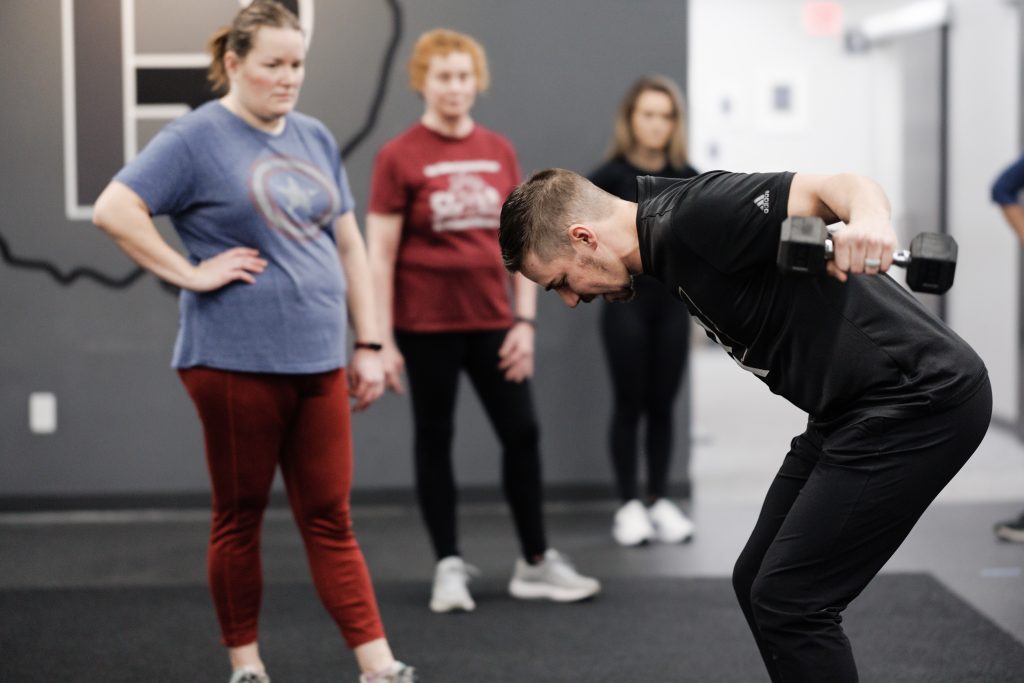The rotator cuff, a crucial quartet of muscles and tendons enveloping the shoulder joint, plays a pivotal role in the wide range of motion of the arm. However, its functionality makes it susceptible to injuries, often leading to pain and restricted movement. This advanced SEO blog post delves into the common injuries afflicting the rotator cuff, their pain presentations, and the forefront of treatment modalities, including rehabilitation exercises, dry needling, and shockwave therapy.
Understanding Rotator Cuff Injuries
Rotator cuff injuries range from mild inflammation (tendinitis) and bursitis to more severe conditions such as partial or complete tears. These injuries can stem from acute incidents, like lifting heavy objects or falling, or from chronic wear and tear, particularly in activities requiring repetitive arm movements.
Common Injuries Include:
- Rotator Cuff Tendinitis: Inflammation of the tendons.
- Rotator Cuff Tears: Ranging from partial thickness to full-thickness tears.
- Impingement Syndrome: Occurs when the rotator cuff is caught between the acromion (part of the shoulder blade) and the humeral head (top of the upper arm bone).
Pain Presentations
Pain associated with rotator cuff injuries typically manifests in the shoulder and can radiate down the arm. Common presentations include:
- A dull ache deep in the shoulder.
- Disturbed sleep, especially when lying on the affected side.
- Difficulty and pain when performing specific movements, such as reaching overhead or behind the back.
Advanced Treatment Modalities
Rehabilitation Exercises
Rehabilitation exercises are the cornerstone of treating rotator cuff injuries, focusing on restoring flexibility, strength, and range of motion. A tailored exercise program often includes:
- Stretching exercises to improve flexibility.
- Strengthening exercises targeting not just the rotator cuff but also the muscles around the shoulder blade and the upper back to support the shoulder joint.

Dry Needling
Dry needling, a relatively novel treatment, involves inserting a thin needle into the muscle tissue to stimulate underlying myofascial trigger points, blood flow, and healing processes. It’s particularly effective for relieving pain and improving function in cases of rotator cuff tendinitis and minor tears.
Shockwave Therapy
Shockwave therapy is a non-invasive treatment that uses acoustic waves to promote healing and reduce pain in the affected area. It’s beneficial for patients with chronic rotator cuff tendinitis or those who have not responded well to more conventional treatments. Shockwave therapy can:
- Stimulate the body’s natural healing process.
- Break down calcifications in the tendons.
- Increase blood circulation to the treated area.
Integrating Treatments for Optimal Recovery
An integrated approach, combining rehabilitation exercises with advanced treatments like dry needling and shockwave therapy, offers the best prospects for recovery. It’s crucial to start with a comprehensive assessment by a healthcare professional to tailor the treatment plan to the individual’s specific needs and injury severity.
Conclusion
Rotator cuff injuries, with their varied presentations and impacts on mobility and quality of life, require a nuanced approach to treatment. By understanding the common injuries and their pain presentations, patients and healthcare providers can navigate the path to recovery more effectively. With the integration of rehabilitation exercises, dry needling, and shockwave therapy, there’s a promising horizon for those suffering from rotator cuff ailments to regain strength, flexibility, and pain-free movement.

Recent Comments